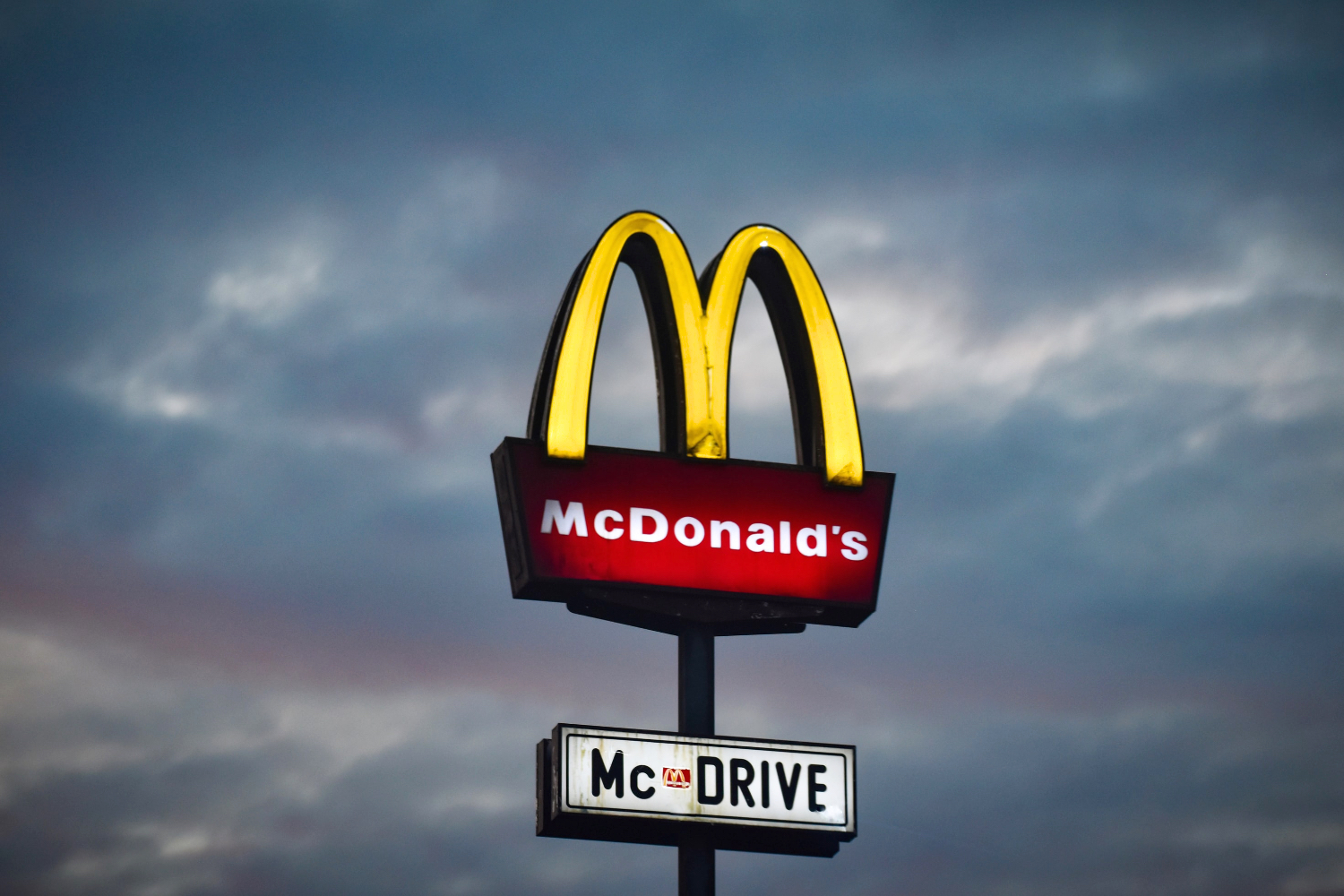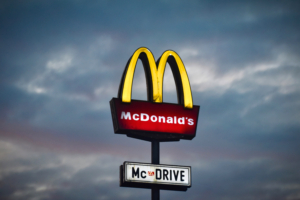<この記事のポイント>
- 全米の失業率は現在6%(約1,000万人のアメリカ人が求職中)
- レストランなどサービス業が、労働者確保にとても苦戦している
- その背景には、連邦失業手当、休校・家庭学習による日中の育児、健康面での不安、スキルアップ、移民不足といった問題がある
- マクドナルド、アマゾンなどの大手企業は、労働者に戻ってきてもらうために最低賃金を引き上げるなどして対策を講じている
Labor shortage causing US service and hospitality industries to struggle in post-pandemic recovery
The United States’ aggressive rollout of COVID-19 vaccinations is beginning to help Americans return to a sense of “normalcy” after a difficult year of lockdowns and social distancing. US stock market averages set record highs in April and May, and consumer confidence reached a 14-month high in April, which is certainly welcome news. However, we are also monitoring some alarming signals in the labor market that reveal the lasting damage inflicted by the pandemic on key industries, including hospitality and retail.
Although the Bureau of Labor Statistics reports a national unemployment rate of 6 percent – suggesting nearly 10 million Americans are actively looking for work – restaurants and other service industry businesses are facing a potentially catastrophic inability to find workers. This comes at a crucial time: vaccinated Americans are emerging from pandemic quarantines ready to get together in person and spend money. Signals of desperation can be found across the country, from urban centers to small towns, affecting large corporations and small businesses alike.
Why are so many people unwilling to go back to work? There are several theories for Americans’ reluctance to go back to traditionally low-wage service jobs:
- Federal unemployment benefit: By far, the most often-cited cause of the labor shortage –especially in conservative media – is the extra $300/week in federal unemployment benefits and extension of the benefit until September. Nearly half of those receiving the benefit is getting more money by continuing to stay at home than they were by working service jobs pre-pandemic.
- Care-taking duties: With almost 40% of students in high-population school districts still not in the classroom, formerly working parents – especially mothers – are staying at home to take care of their children.
- Health concerns: Even though the US is one of the world leaders in vaccination efforts, still less than half of the population has received the full inoculation, and there are lingering concerns about safety in public. Service sector jobs involve close contact with people, and with the US relaxing masking rules, in addition to the sizeable population refusing both vaccines and mask-wearing, many are still understandably hesitant to re-enter those jobs.
- Skilling up: The stay-at-home orders coupled with stimulus cash and unemployment benefits offered people the chance to re-evaluate their life position. Many young Americans used the opportunity to learn new skills –affordable certificate programs and coding boot camps are widely available online – and are hoping to leverage those new skills into a career track with brighter prospects.
- A lack of immigration: During the Trump Administration, the US made several policy changes designed to curb immigration into the country. Migrant workers traditionally make up a bulk of the lower-wage service workforce. The Biden team has yet to relax many of these policies.

In order to incentivize workers to come back, major companies like McDonalds, Chipotle, Amazon, and Walmart have raised their starting wages in effort remain competitive. Whether it will be enough to fill their openings remains to be seen over the next few months as America adjusts to its new economic “normal.”
EIS Insight
- This lingering labor imbalance could lead to a once-in-a-generation rise in wages – which have been stagnant in the US for nearly 30 years. Many parts of the country have resisted the move to a national $15 minimum hourly wage, but that could soon become the de facto standard as companies are forced to compete to hire workers at higher starting wages.
- Adoption of automation in the service industry is likely to accelerate as companies struggle to find the balance between wages, labor hours, and consumer prices.This will be further accelerated by the lasting effects of the pandemic in which low- and no-contact customer interactions were required to maintain the air of public safety.
- On the other hand, the market for services – including restaurants, domestic travel and hospitality – will remain high, so would-be entrepreneurs in these areas can take advantage of the timing to enter the market for relatively low costs(commercial real estate, for example).



